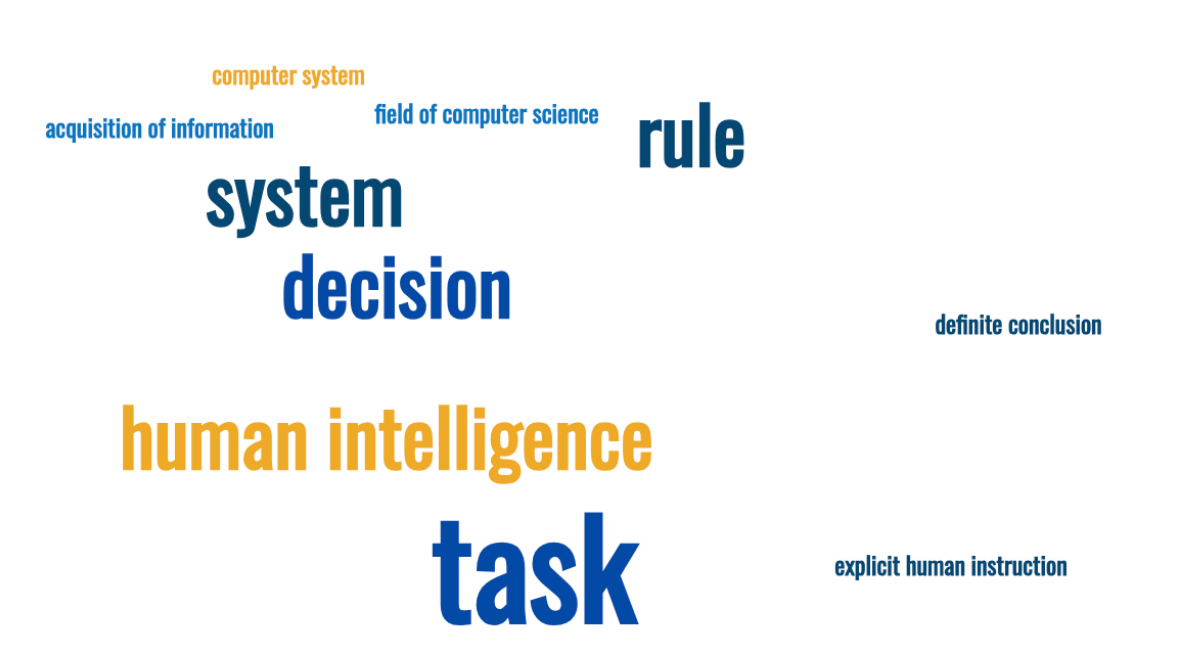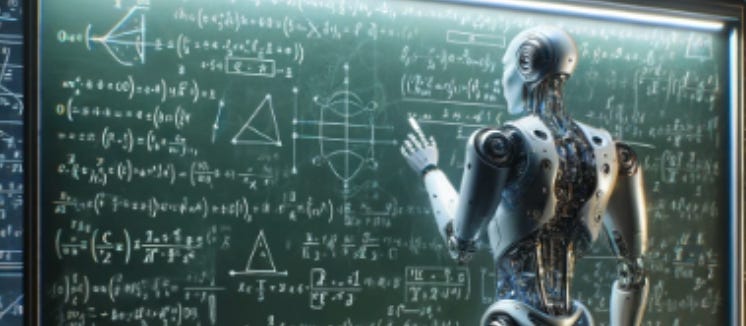Demystifying AI: Part 1

This is the first of a three part series where I’ll cover some basic concepts of Artificial Intelligence (AI).
By the end of the series, you should have a better understanding of:
- what AI is (and isn’t)
- what are some typical AI use cases
- what benefits AI can bring to your business
- what further resources are available to you to learn more
Let’s get into it.
What the Industry is Saying
A KPMG report found that 75% of respondents would be more willing to trust AI systems when assurance mechanisms are in place to support ethical and responsible use.
McKinsey recently estimated that AI’s impact on productivity could add trillions, annually, to the global economy.
According to Accenture, 97% of executives believe generative AI will transform their enterprises and industries. Of those, only 31% have already made “significant” investments in their AI initiatives.
Reading through the above, it’s clear that AI is big business. Leading business executives appear to have strong beliefs it will fundamentally change their organisations and yet most of them are yet to get going.
What is AI?
I’m sure if you were to ask 10 different people, you would get 10 different answers to that question. However, we can take a look at two descriptions, with the first one being from a global authority and the second written by an AI system.
Artificial Intelligence (AI) refers to computer systems that can perform tasks or make predictions, recommendations or decisions that usually require human intelligence. AI systems can perform these tasks and make these decisions based on objectives set by humans but without explicit human instructions.
(OECD, 2019)
Artificial Intelligence (AI) is the field of computer science focused on creating systems capable of performing tasks that typically require human intelligence. These tasks include learning (the acquisition of information and rules for using the information), reasoning (using rules to reach approximate or definite conclusions), problem-solving, perception, understanding natural language, and the ability to move and manipulate objects.
(ChatGPT, 2024)
And producing a word cloud from various other definitions, there are a couple of areas that stand out:

From the above, we can start to understand that a lot of AI is emulating human intelligence to undertake given tasks.
So far, I’ve only referred to AI, but you might also have heard of the phrase Machine Learning and perhaps you use the two interchangeably without really thinking if they are the same thing or not. In fact, AI is an umbrella term that covers a number of specific capabilities.
Artificial Intelligence (AI)
The term AI is now over half a century old. It’s a broad phrase for the simulation of human intelligence by computer systems. It includes Machine Learning, NLP, Robotics, Neural Networks, Genetic Algorithms, and more.
Machine Learning (ML)
Machine learning is a subset of AI and uses historical data to produce outputs for a specific task. Typically this could be forecasting a number or spotting patterns in data sets.
Deep Learning
Deep learning, a subset of ML, mimics our understanding of the human brain and neural networks. It can automatically adapt with minimal human interference. "Deep" refers to the use of multiple layers in the network and requires enormous computational power. A famous example of Deep Learning is the AlphaGo computer programme that beat the world Go champion, Fan Hui.
What is AI Good at?
Reading through the press and various articles, you might be thinking that AI can do everything and is the answer to many problems. However, that’s not entirely true. If we keep in mind that mathematical algorithms are at the heart of AI, it might come as no surprise that they are better at ‘number’ tasks and less so at problems that need a creative solution. You could summarise that AI and humans are good at the opposite things.
Good at: Computation

As AI is computer based, it is excellent at mathematics and computational tasks; and it can do this exceedingly quickly. Something most humans cannot do well, if at all. With the huge advancements in GPU resources, computational power is getting increasingly more powerful, making AI models more and more capable in this area.
Bad at: Creativity and Innovation

AI can make new things or ideas using what it already knows, but it's not as good at being truly original or creative like a person can be. Often, what AI creates is just a mix of things it has seen before, not something completely new. Even with GenAI, whether it’s generating text or images, these are not truly original creations, hence why they require training on huge datasets. The more data they ‘see’ the more variations they can create.
Hopefully, you’re starting to get a better understanding of what AI is. In the second part of this series, we’ll take a deeper look into the types AI algorithms and how they’re applied to business problems.





Comments ()